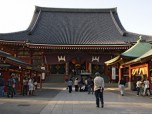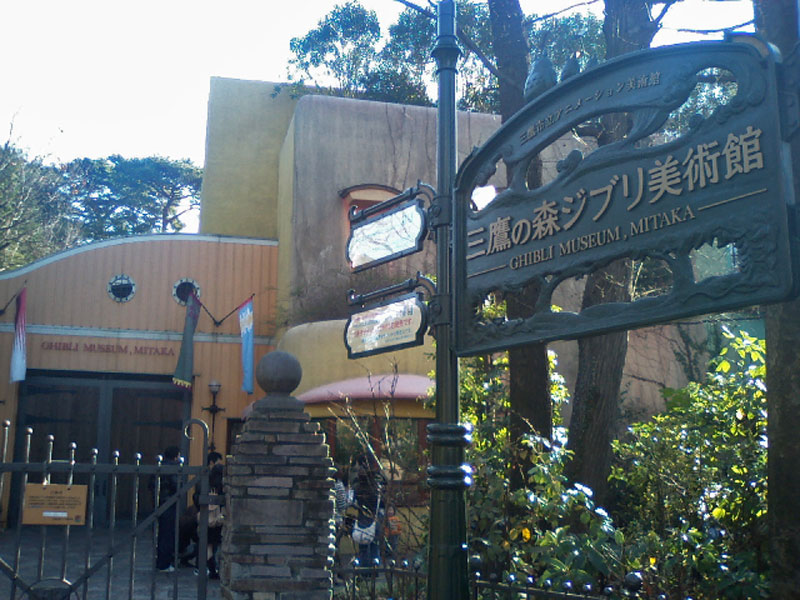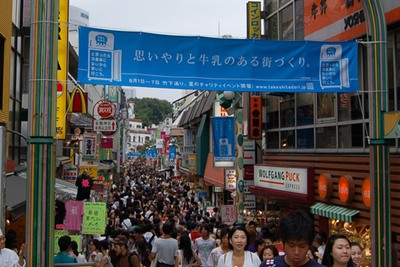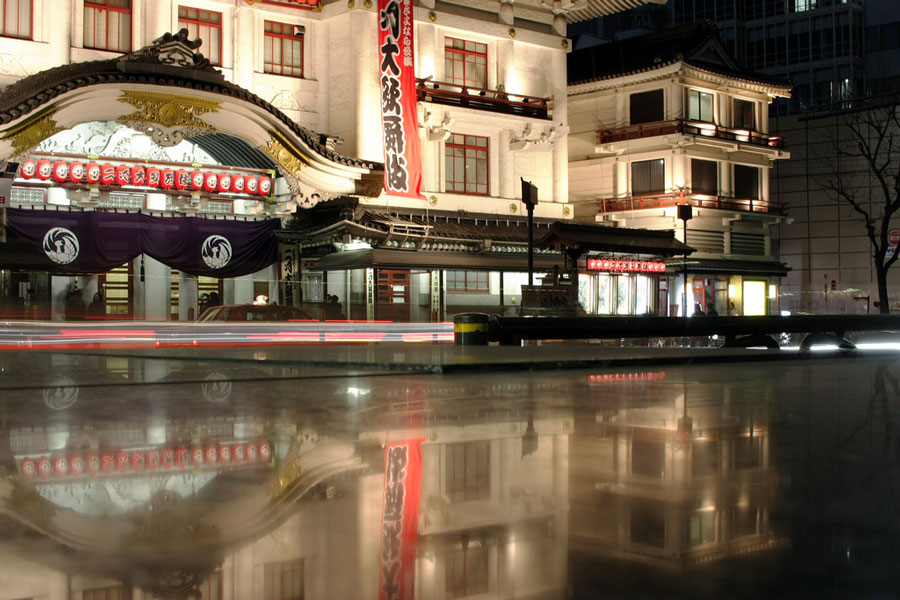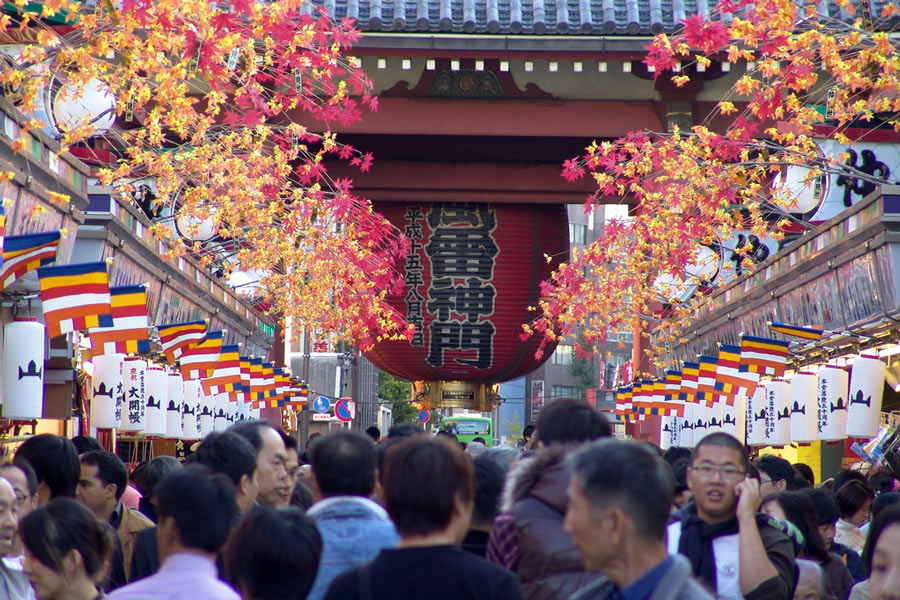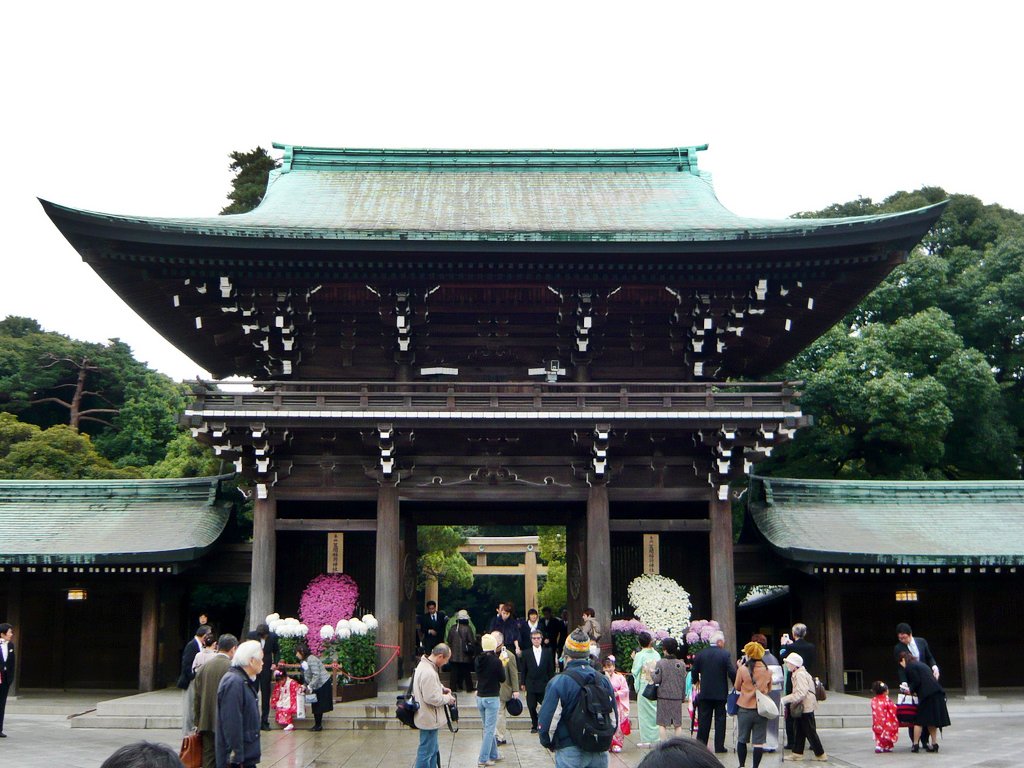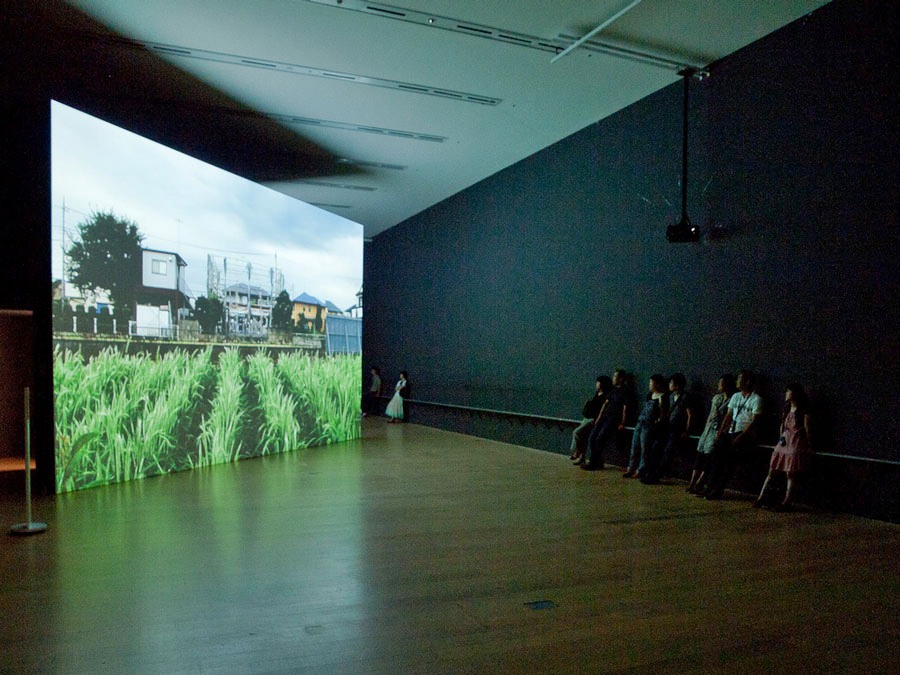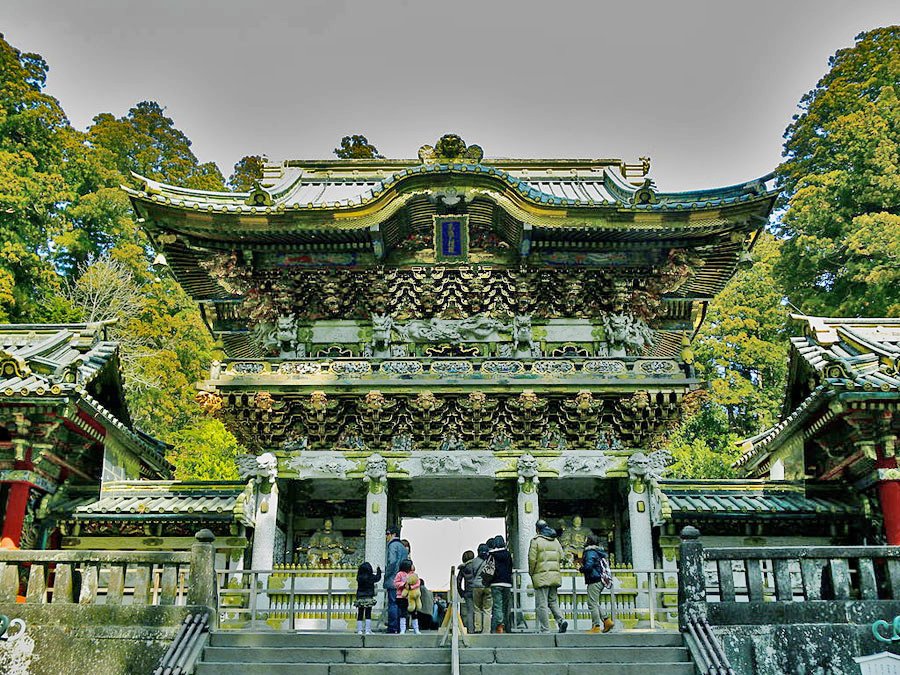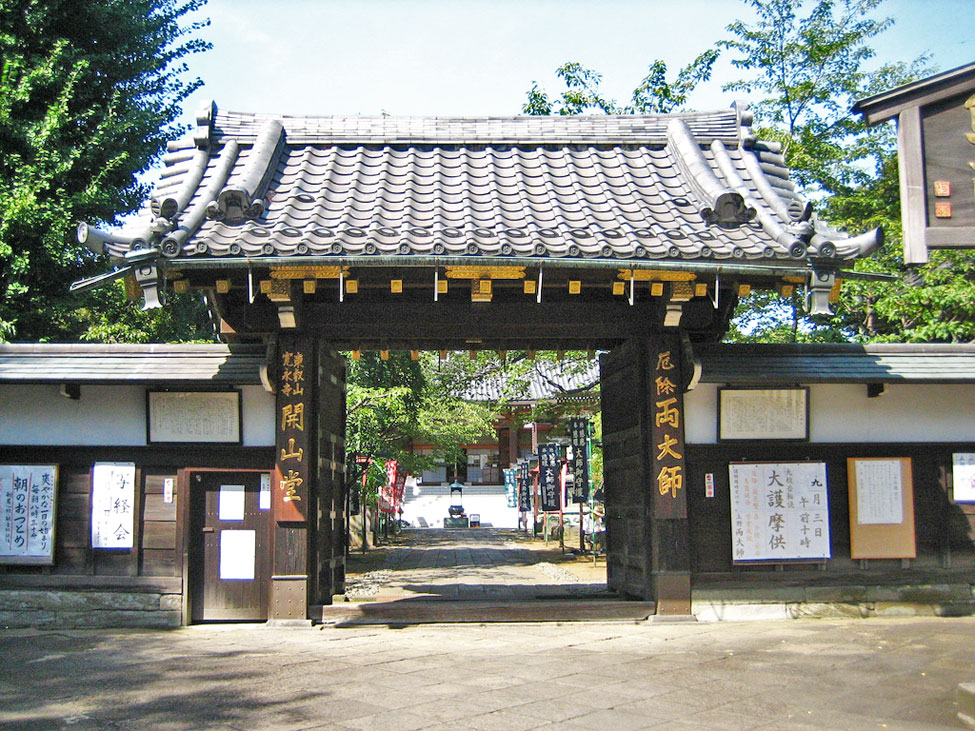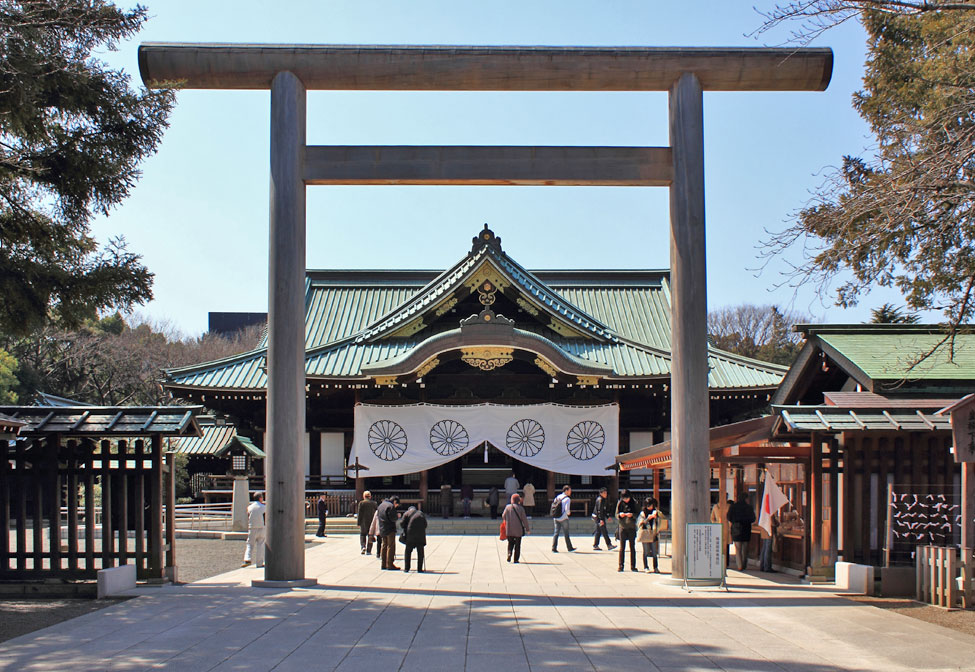
National Museum of Western Art entrance with the main
building in the background.
Photo by: heiwa4126, Creative Commons
When visiting Tokyo, a visit to the famed National Museum of Western Art, also known as NMWA, is a must for those who love art. The museum was primarily built around the collection of Matsukata Kojiro’s paintings and the sculptures of Auguste Rodin. The sole aim of the museum is to introduce western art to an eastern audience.
It has been an exhibition hotspot for the Matsukata Collection and art from the Renaissance period. More recent works from a couple of centuries ago also find a place in the permanent collection. The collection is finely selected and an attraction for art connoisseurs from around the world.
The National Museum of Western Art lives up to its name by regularly expanding its collection by purchasing works of art. The Main Building hosts and displays the permanent collection of the museum all through the year.
In addition to collecting art, the museum is also involved in acquiring documents, and in research. It is also involved extensively in restoration and conservation work, western art education, and even in the publication of related materials.
The museum boasts of a separate Research Division and an Administrative Division. The Special Exhibition Wing focuses on exhibits and also in research, restoration, and conservation work. It is housed in the basement of the main building.
Location
This museum is located in Taito-ku in Tokyo and occupies a mind-boggling 9288 sq. meters with nearly half of that space allotted to exhibition galleries. The building was commemorative of the re-forging of French-Japanese relations following the Second World War. It was designed by the well-known French architect, Le Corbusier, and completed in 1959.
Access
Visiting hours are from 9:30 am to 5:30 pm on all days except Friday when the museum closes at 8 pm. In winter months, they close half an hour early. On every second and fourth Saturday and on November 3, you can view the extensive permanent collection of the museum free of charge. For more details, visit the NMWA official website.
